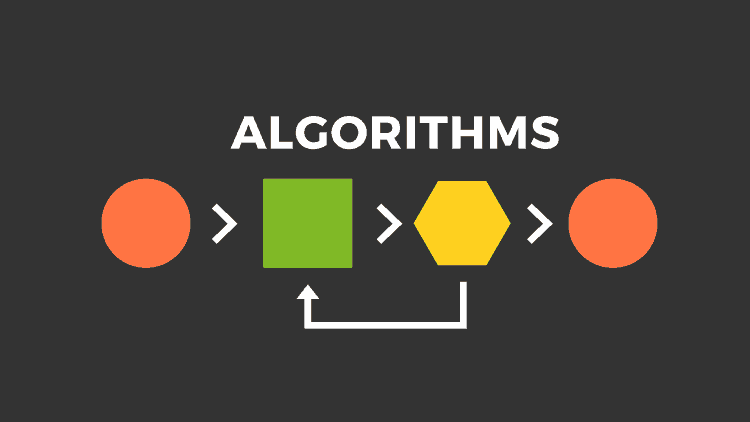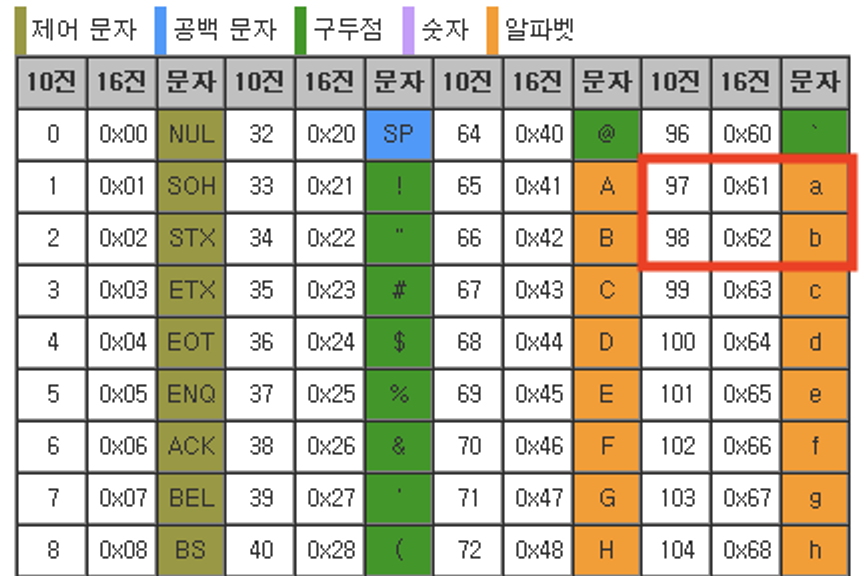
Find the Alphabet
In the algorithm problem solving every morning, it took time, but I solved two problems.
This time, it was easy except that it took a long time because ‘//’ and ‘%’ were confused with each other in division.
'n' Numbers Spaced by 'x'
- The function
solutionshould take an integer ‘x’ and a natural number ‘n’, and return a list containing ‘n’ numbers, starting at ‘x’ and increasing by ‘x’.
def solution(x, n):
answer = []
for i in range(1, n + 1):
answer.append(x * i)
return answer
Find the Number Whose Remainder is 1
- A natural number n is given as a parameter. Complete the
solutionfunction to return the smallest natural number ‘x’ such that the remainder when ‘n’ is divided by ‘x’ is 1.
def solution(n):
x = 0
while True:
x += 1
if n % x == 1:
break
return x
And I feel that the class I am currently taking is very difficult.
After understanding and actually applying it, it takes about 4 hours to listen to the lecture for about 30 minutes.
For example, the following problem.
Find the Alphabet
- Given a word S made up of only lowercase letters of the alphabet. Write a program that outputs the position of the first occurrence of each letter if it is included in the word, or -1 if it is not included.
- For each alphabet, the position where a first appears, the position where b first appears, … the position where z first appears are separated by spaces and output.
- If an alphabet is not included in the word, -1 is output. The first letter of the word is position 0, the second letter is position 1.
As you can see from the above, it took me a while to understand the problem…
import string
def get_idx_naive(word):
result = [-1]*len(string.ascii_lowercase)
for i in range(len(word)):
char = word[i]
for j in range(len(string.ascii_lowercase)):
lo = string.ascii_lowercase[j]
if result[j] == -1 and char == lo:
result[j] = i
print(' '.join([str(num) for num in result]))
get_idx_naive('baekjoon')
To solve this problem, first create a ‘list’ full of ‘-1’s and compare them.
If you start with this idea, you can write code by putting ‘for’ inside ‘for’.
This is O(N^2) but you can reduce to O(N) using ASCII code.

import string
def get_idx(word):
# point 1. ord
# point 2. O(n^2) -> O(n)
result = [-1]*len(string.ascii_lowercase)
for i in range(len(word)):
idx = ord(word[i]) - 97
if result[idx] == -1:
result[idx] = i
print(' '.join([str(num) for num in result]))
get_idx('baekjoon')
Comparing with a ‘list’ of ‘-1’ is the same, but using ‘ord’ converts a character to a number so that ‘for’ can be used only once.
This is an algorithmic problem that gets more difficult the more you know. I have to dig really hard.